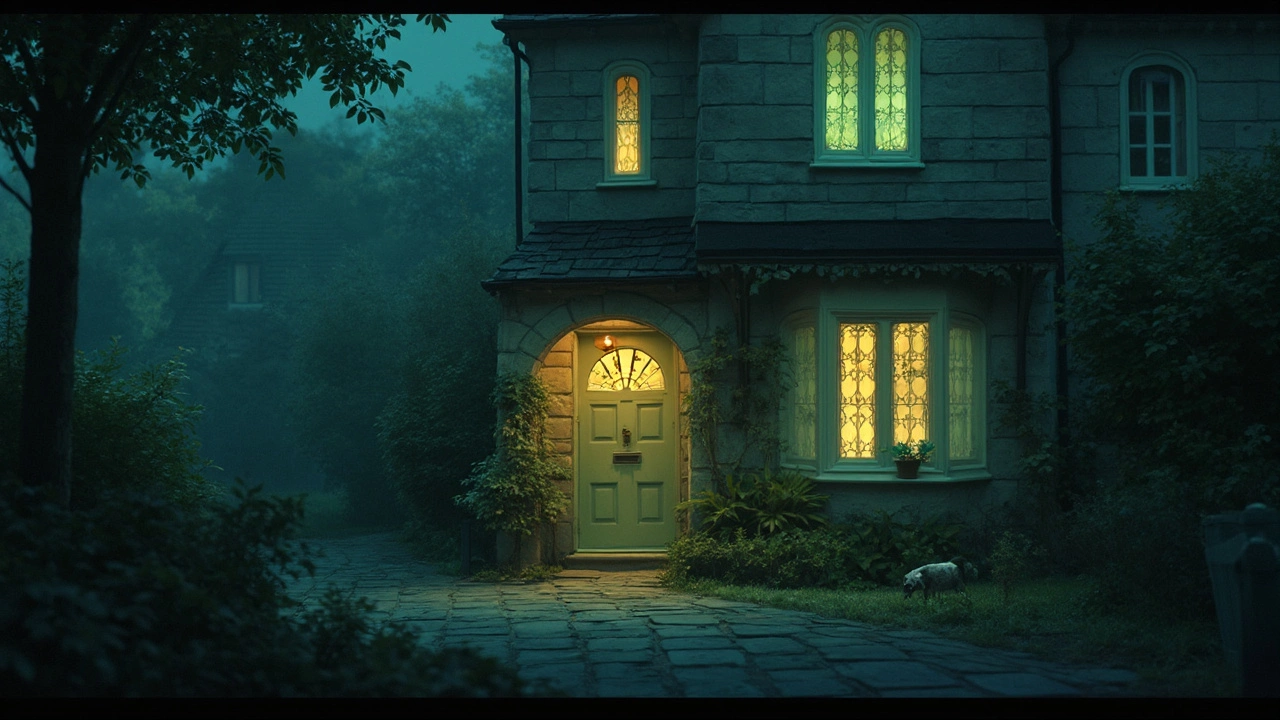Ever wondered why some cameras give you a crystal‑clear view of a room even when the lens is looking through a window? It’s not magic – it’s a mix of infrared light, lens placement, and smart settings. In this guide we’ll break down what makes a camera see through glass, what you can do to improve the view, and why you should think about privacy before you point a lens at a neighbor’s living room.
Most cameras use infrared (IR) LEDs to light up a dark scene. IR waves can bounce off glass without causing a glare that human eyes would see, so the camera records a clear picture while the window stays dark to you. That’s why night‑vision cameras often work better when placed on the outside of a window than when you try to point a flashlight at it.
Another trick is the type of lens. Wide‑angle lenses can capture more of the room while reducing the angle at which light hits the glass, which cuts down on reflections. Some models even offer an “anti‑reflection coating” that further clears up the image.
Finally, the camera’s software often includes a “window mode” that automatically boosts contrast and reduces glare. When you enable this setting, the camera adjusts exposure so the glass looks almost invisible in the video feed.
1. Choose the right spot. Position the camera a few inches away from the glass and angle it slightly downward. That minimizes reflections and gives a better view of the interior.
2. Use IR LEDs wisely. If the camera has adjustable IR strength, start low and increase only as needed. Too much IR can cause a bright spot that looks like a white blob in the video.
3. Mind the legal side. In the UK, you need a legitimate reason to record inside a private property you don’t own. Install signs if you’re capturing a public area and always respect your neighbour’s privacy.
4. Combine with motion sensors. Pair the camera with a motion detector inside the room. That way the system only records when something moves, saving storage and keeping the footage relevant.
5. Check the night‑vision range. Not all IR LEDs reach far enough to light up a deep room. Test the camera at night and, if needed, add an external IR illuminator that plugs into the camera’s power source.
These tips work for the posts on our site, like the guide on “Do Cell Phone Cameras Have Night Vision?” and the article about “Best Night Vision Devices for Security and Surveillance in 2025.” Both explain how IR helps you see in low light, and you can apply the same principles to window setups.
By understanding the tech and following a few practical steps, you can turn a plain window into a clear window into your property’s safety. Whether you’re protecting a storefront, a home office, or a garage, a camera that sees through glass gives you an extra layer of peace of mind without breaking the bank.
Ready to upgrade? Pick a camera with IR, anti‑reflection coating, and a dedicated window mode, then follow the placement tips above. You’ll get a sharp, reliable view that works day and night – and you’ll stay on the right side of privacy laws while you’re at it.

Night vision cameras bring a sense of security, but can they see through windows? This article delves into how these gadgets work, exploring myths and practical realities. It unpacks how infrared technology interacts with glass and offers tips on optimizing your surveillance system. By understanding these factors, you can make informed decisions about your home or business security setup.